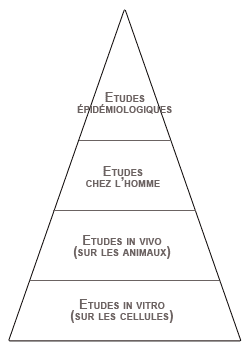There are several methods to study potential effects of 50 Hz electric and magnetic fields on health.
Epidemiological studies should normally be the most interesting considering human health because they take into account individuals in their environment. In reality this is not so: epidemiology provides correlation but not causal relationships. Other studies are therefore necessary for a better understanding of pathophysiological working mechanisms and to enhance the credibility of epidemiological studies:
- controlled human clinical trials,
- in vivo investigations and
- in vitro studies.
Well-conducted in vitro studies can reveal mechanisms of action at the cellular or molecular level that can explain pathophysiological effects. But the results of in vitro studies do not necessarily mean that an effect will be observed in vivo.



